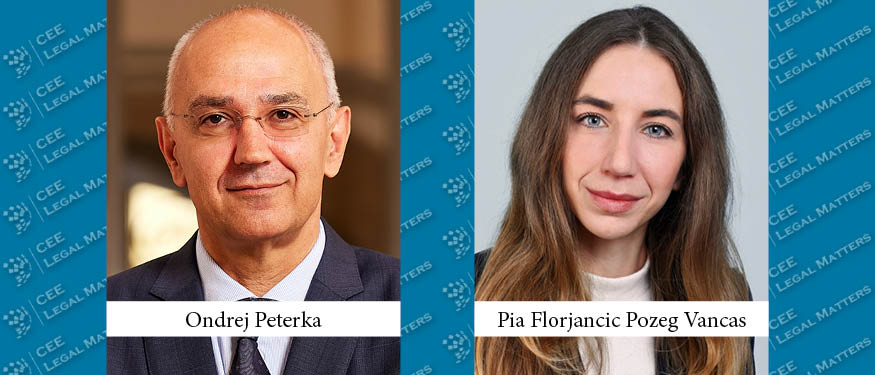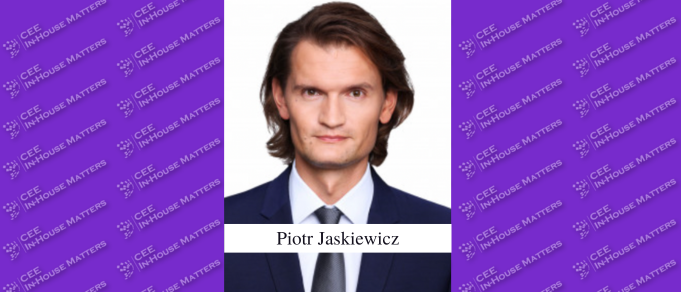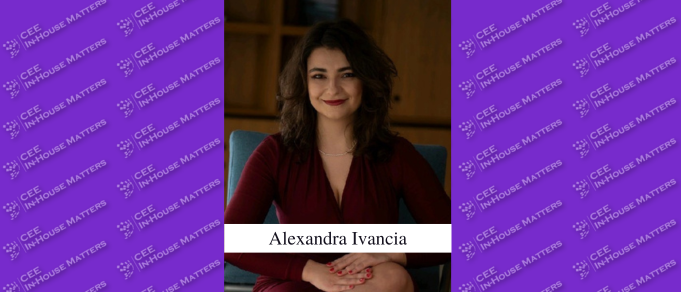If it seems that both – activity of online communities and the amount of legal content on social media has boomed lately, you are not wrong. LinkedIn reported that the number of articles from February untill March 23 grew by 2196% and 33% of these posts were related to coronavirus (Navigating Today’s Evolving World of Work, LinkedIn, 2020 March). Global research shows that the legal service industry was among TOP10 contributors to the topic and my research in Lithuania confirms that by indicating that the main cause for that was a significant increase in the production of content by law firms and lawyers.
Lithuania’s market of legal services shows that during the quarantine period (from March 16 to May 12), the activity of leading law firms on LinkedIn in Lithuania has grown by 93%. This means that law firms were communicating almost twice as much as before and publishing an average of 5–6 posts per week. However, the key question is whether it was worth investing so much time for law firms in LinkedIn content production and if it had any positive outcome for their business?
Cases study: LinkedIn communication of the law firms in Lithuania at a time of quarantine
To answer that question, I conducted a LinkedIn communication analysis of the company pages of the 15 largest business law firms in Lithuania in terms of their page following. These had a range of 350-4500 followers. As Lithuania has announced the quarantine on the day when only 8 persons were infected with COVID-19 and that was at the very beginning of the crisis and after that many regulatory changes were announced, it was reasonable to take the first day of the quarantine as a benchmark for the analysis. Therefore, for comparisons two periods were taken: the beginning of the year before the quarantine, which qualifies the period from 1 January to 15 March; and quarantine period, which started with 16 March and to my research day of 12 May.
I noticed similar trends in the other markets, therefore my sincere hope is that the case study of Lithuania will help others to critically assess their communication on LinkedIn during the COVID-19 quarantine and avoid similar mistakes in the future.
Most law firms at least doubled their activity on LinkedIn at the time of crisis
Lately we have seen many changes in the legal environment and a high degree of uncertainty. This has provided great justification and content for more intense communication, which is why 80% of major law firms at least doubled their activity on LinkedIn publishing an average of 5–6 posts per week. Some of them communicated 6–7 times more actively than before posting an average of 10 entries per week at a time of quarantine, which, you can imagine, required an enormous effort.
And to my professional eye, most of this activity has been focused on the acquisition of new clients or at least on increase the number of followers.
Did those who bent over backward with communication reap the rewards?
Unfortunately, the drastic increase in communication did not help these firms to attract more followers on LinkedIn at a time of quarantine – their numbers grew at the same rate as before. Meanwhile, the engagement of the public dropped for some of them almost three times and an average stood at only 4.39% to compare with an average of 7% for the same firms at the beginning of the year.
One can conclude that even if positive results were achieved, it is likely that they included increased brand awareness and expert positioning. However, even with enormous efforts, these firms did not manage to strengthen their position on the LinkedIn platform.
If you are curious about what specifically did not work out, I would say that in addition to many other minor mistakes LinkedIn organic reach algorithm was not taken into consideration when deciding about the intensity of the communication. My research also confirmed well-known recommendation for communication on LinkedIn, that publishing more than 4–5 posts per week would be inefficient, even when there is a growing demand for information in the market. 3–4 posts per week would be a reasonable limit even under these circumstances.
Was the relationship with the target audience strengthened?
To make it short: it was not.
The flow of legal information increased significantly in this network, which means more competition for exposure time and more difficulty remembering who posted the information they read or listened to. Therefore, if the interest attracted by extra effort did not turn into a query, more was lost than gained. It is likely that among the audience your post or message is now remembered without assignation to any law firm. Furthermore, it seems so that the content was rarely so persuasive that it encouraged the viewer to follow the company page. To be precise, after the communication on LinkedIn was an average doubled in the market, the number of page followers in the market an averaged grew only as little as 20% to compare with the period before the quarantine.
In other words, the efforts of Lithuanian law firms to build relationships with the public did not bring about a breakthrough, despite the fact that demand for such content existed and the public consumed it.
Why? The answer is simple: it is likely that most law firms acted without aligning their actions with their goals or did not set any goals for this communication at all.
What could have been a smarter LinkedIn communication strategy for the period?
In terms of effectiveness, for most of the firms creating less content and investing more in its advertising could have been a very smart decision for two reasons: first – an organic reach of the news in the legal services sector dropped on average by 25–40% during quarantine; second – as the number of posts increased, the engagement of the public significantly decreased (correlation coefficient: -0.65). To sum up, hard work did not ensure better coverage, however, that could have been solved with a little investment into advertising.
To make it obvious, I suggest comparing two alternative strategic scenarios of communication on LinkedIn at a quarantine period. First one: a firm creates 60 pieces of content and does not invest in advertising; second: the firm creates 20 pieces of content and invests EUR 1,500 – 2,000 in advertising.
Creating a LinkedIn post in Lithuania can cost anywhere from EUR 100 to EUR 400 and by investing EUR 1,500 into advertising you can reach an audience of 80,000 – 120,000 decision-makers. If we focus on audience reach as a key success indicator of your LinkedIn communication in the given circumstances, I must conclude that in the second case scenario the same reach could have been achieved with just one-third of the time spent for content preparation and with two-three times lower costs overall.
The takeaway is simple – there is always a way to achieve the same results at better efficiency, you just have to stop and do some math before taking an action.
Neringa Petrauskaite is a business development and marketing strategist with 15 years of international legal service industry experience working both in-house and as a outsourced consultant.























